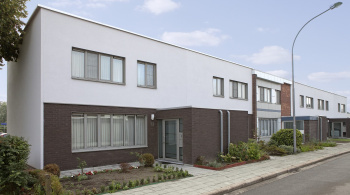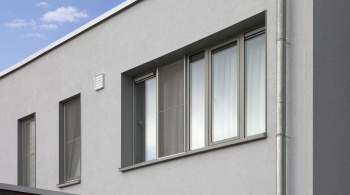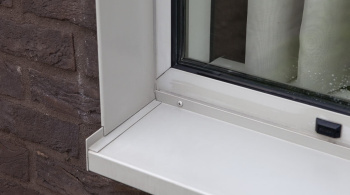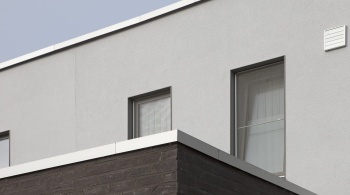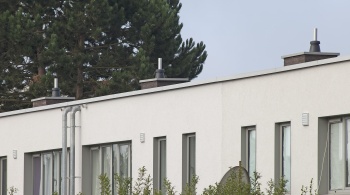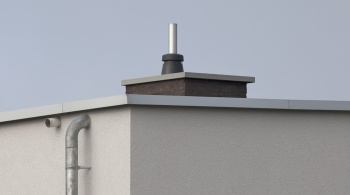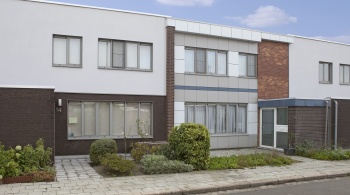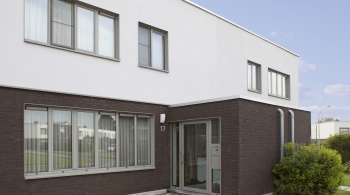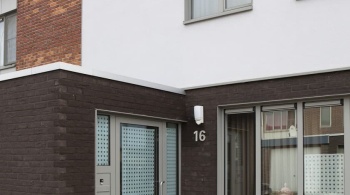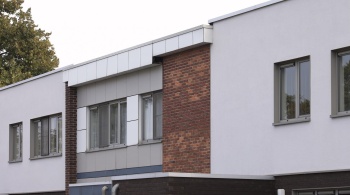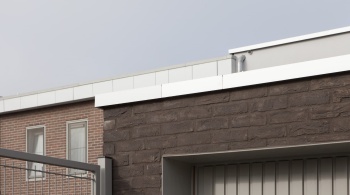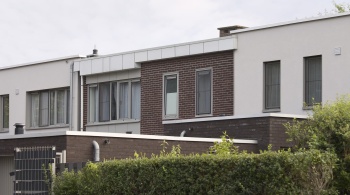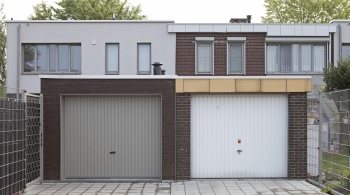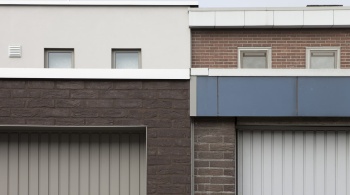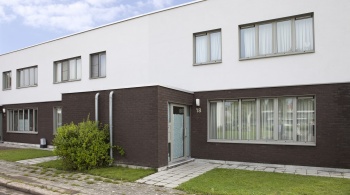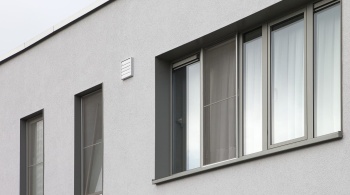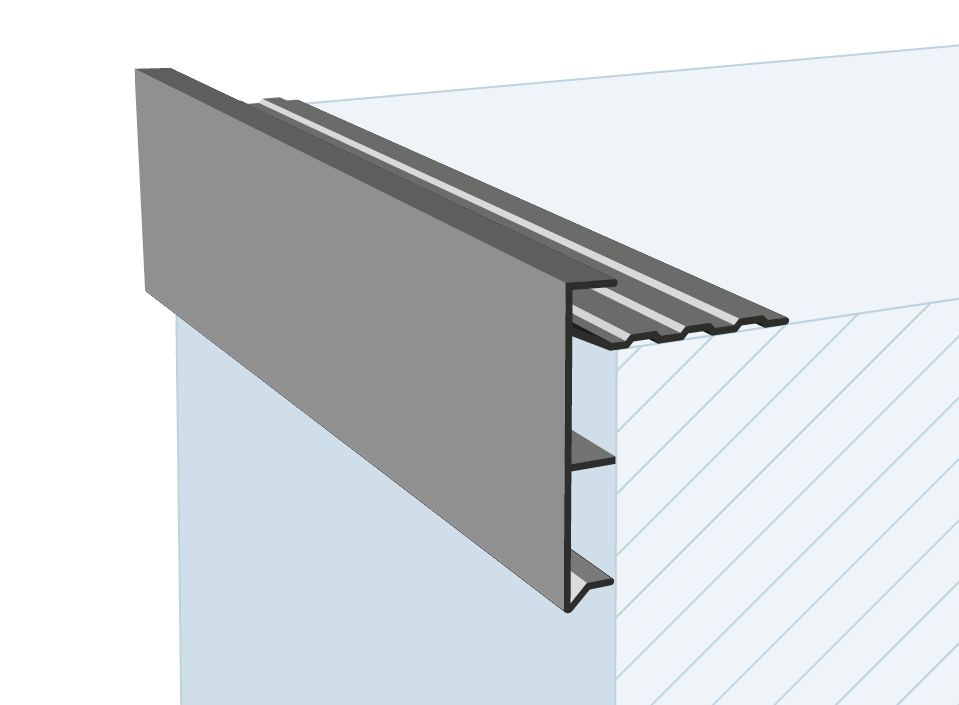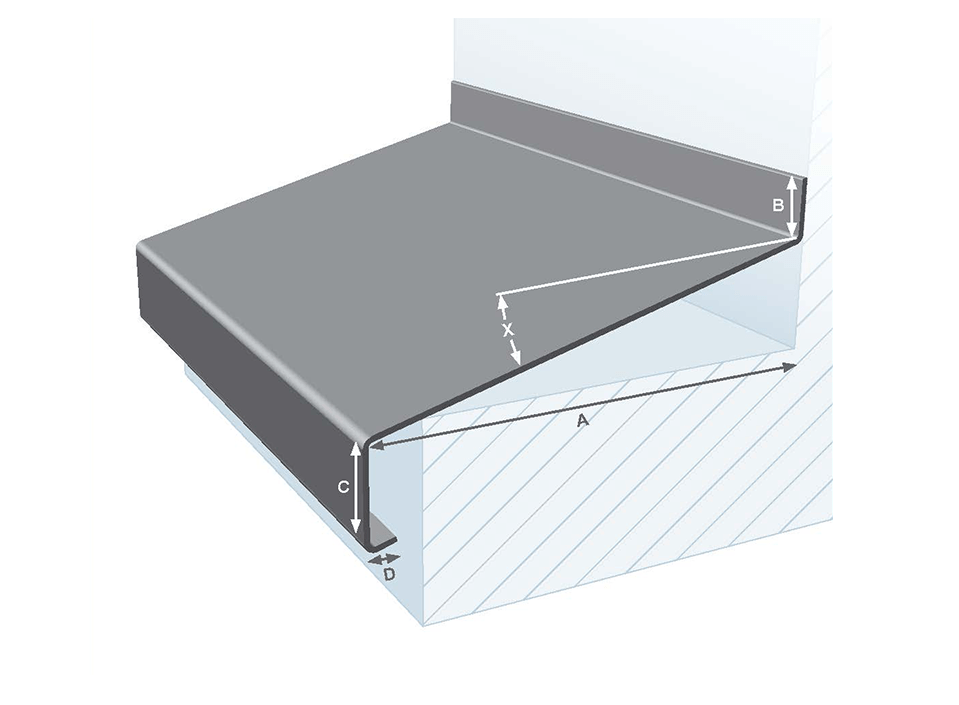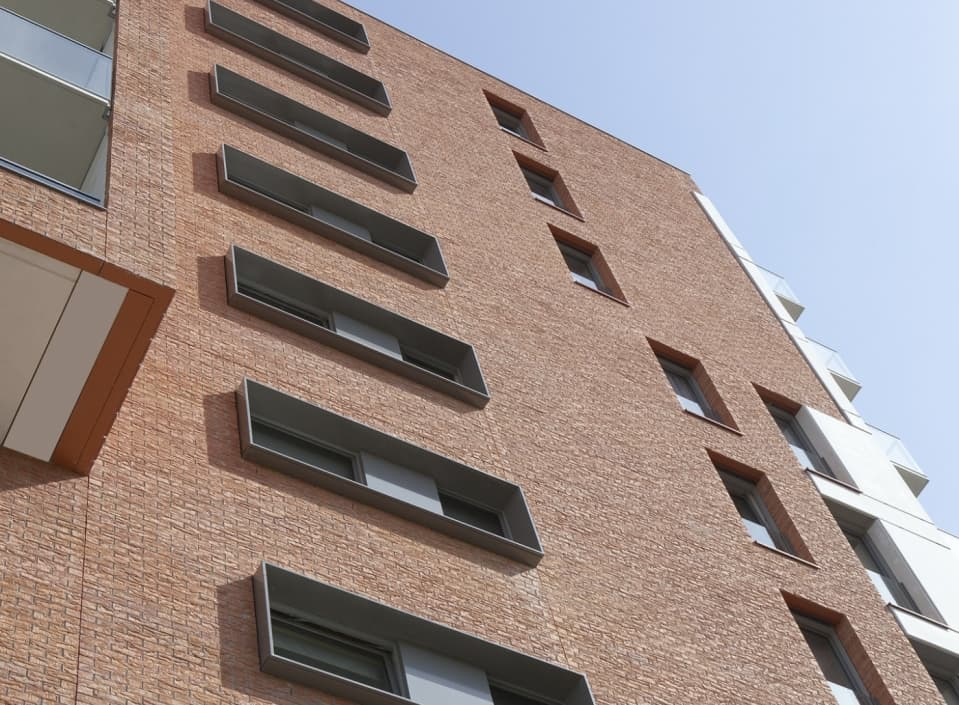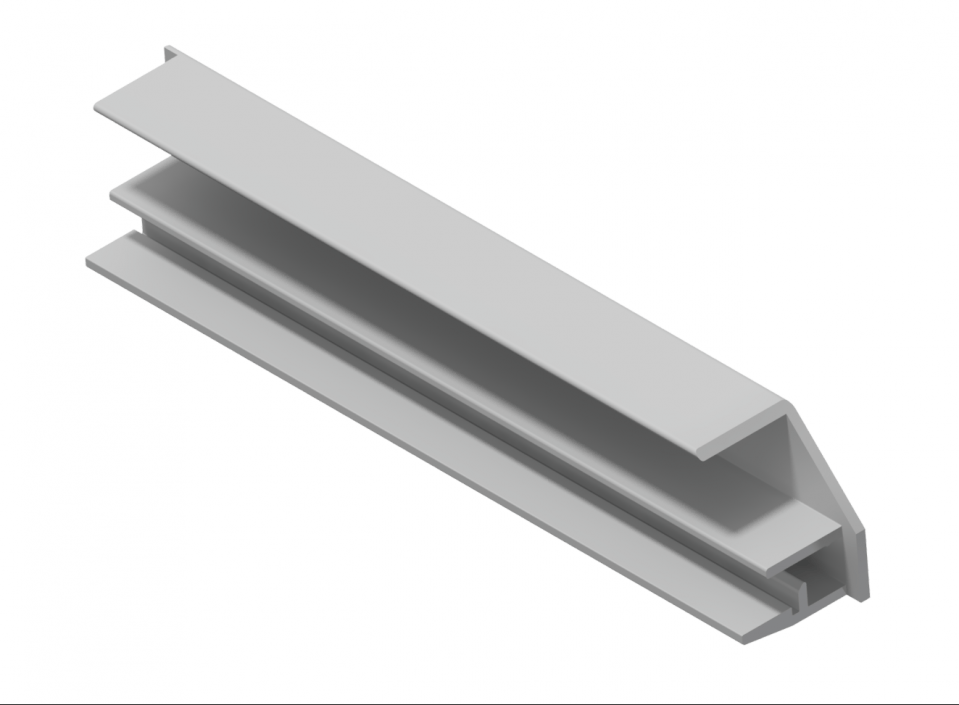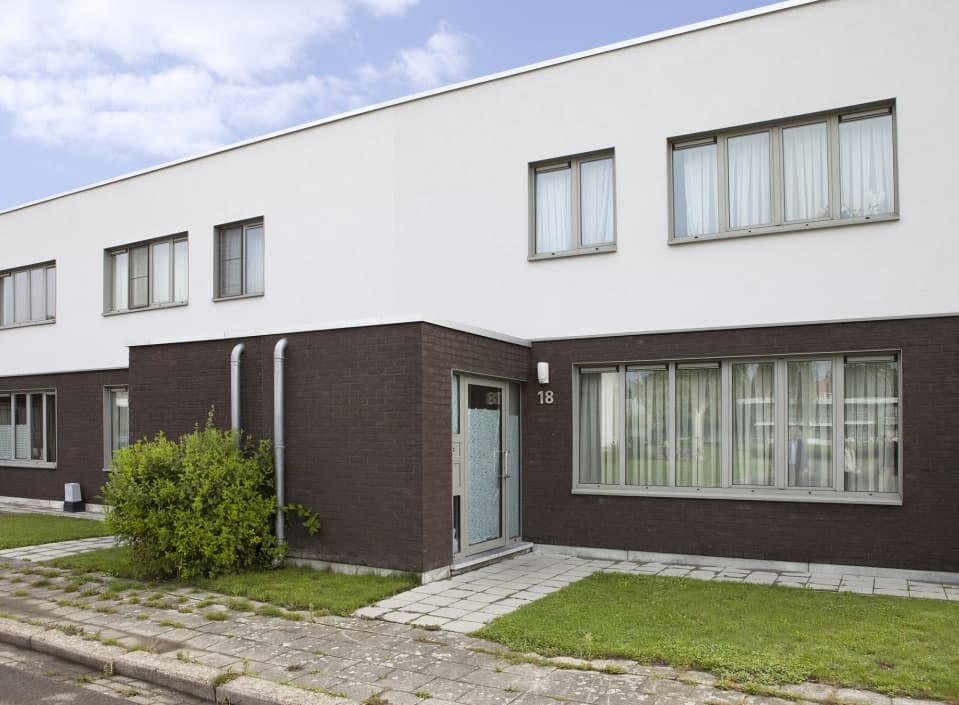
Mechelen, Mahatma Gandhi
Country: BelgiëCity: Mechelen
Project name: Mahatma Gandhi
Type of building: Renovation
Type of construction: Residential
Contractor:
Democo NV (HASSELT)
Architect:
Omgeving CVBA
Large-scale renovation of over 200 homes from the 1960s which no longer met today’s requirements in terms of comfort and energy performance. With a lot of aluminium detailing.
“THE DWELLINGS WERE GIVEN A COMPLETE FACELIFT”

With its vision for the large-scale renovation project in the Mahatma Gandhi neighbourhood in Mechelen, Belgium, arQ ArchitectenStudio from Sint-Niklaas gave a new dimension to the term metamorphosis. The project involved over 200 homes from the 1960s that no longer met today’s requirements in terms of comfort and energy performance and 23 new houses. One of the ambitions for the renovation project was that the designation of ‘social housing’ would disappear. And the architect has fully succeeded in this. This was also thanks to the significant use of aluminium detailing.
Outdated
The homes in the neighbourhood were outdated in many respects. Energy management was not up to modern standards, many homes were too small and poorly insulated, and they lacked contemporary living comfort. One hundred and eight homes were fitted with an extension including a kitchen and a new bathroom; some homes were given an extra bedroom on the first floor. All the homes were given a completely new outer shell with the latest insulation. During the renovation work the residents were temporarily housed in another residence. This was not necessary for the other 96 units, and the residents were able to continue living at home during the renovations. All homes were also fitted with new technical installations. The 23 new houses are situated against the blind façades of the renovated houses, creating an attractive and playful image.
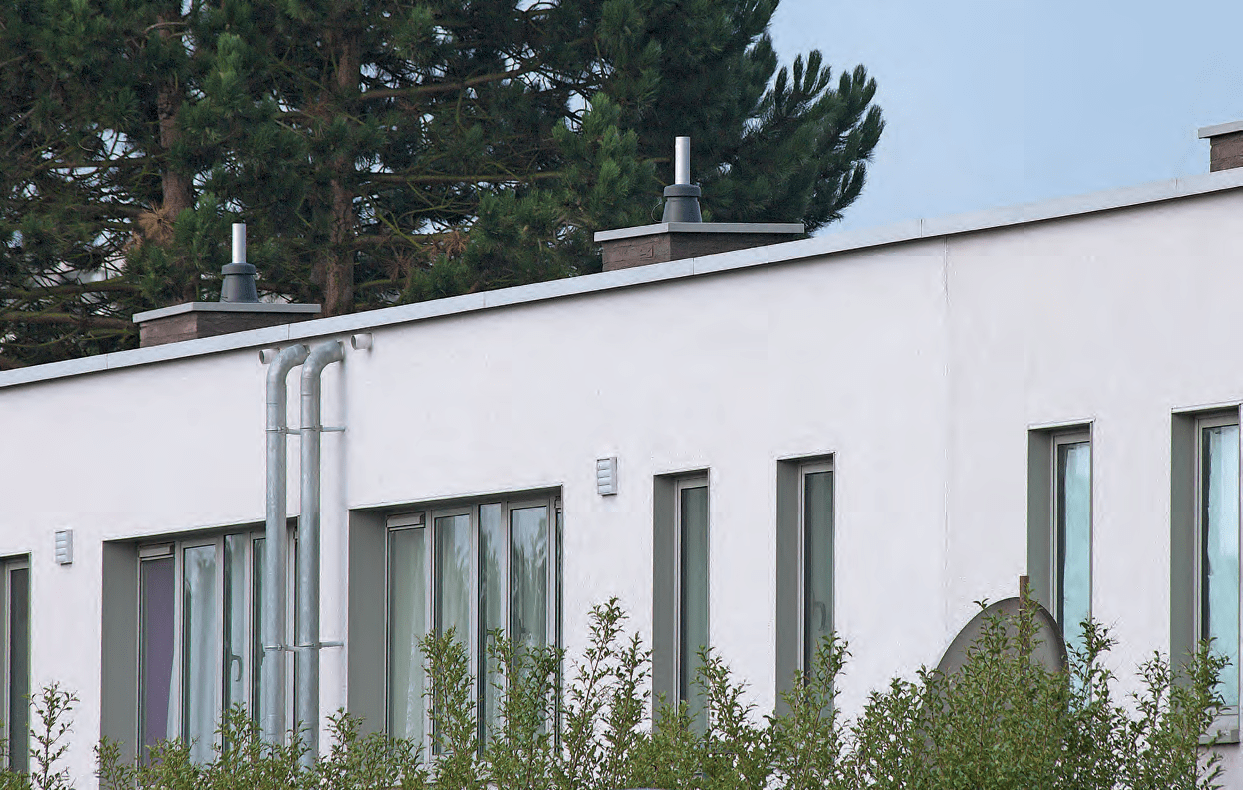
Aluminium detailing
ArQ ArchitectenStudio took a rigorous approach. The general look and feel has been drastically changed and the association with social housing has completely disappeared. Kim Brouwers: “The dwellings were given a complete facelift. They have become larger, there is more comfort and a thermal insulation layer has been installed. Visual aspects have also been changed. At the bottom the houses are covered with stone strips that contrast with the light plaster above. A slim aluminium profile was used for the transition between these two materials. A number of elements have been retained such as the aluminium windows, which fit in beautifully with the plaster.
According to Kim Brouwers, aluminium is a rewarding material. “A major advantage is that you can use it to profile very finely in a way that you cannot do with wood. A good example is the transition profile between the stone strips and the plaster. For drainage purposes it protrudes sufficiently far so no leak marks occur. This also applies to the reveals and leak sills on the windows. Aluminium is also a good choice from an aesthetic point of view. It is beautiful, smooth and much less susceptible to deformation and weathering. And aluminium needs less maintenance to boot.” That is why the architect also chose aluminium wall copings for the roof edge finishing and roof edges in the colour of the plasterwork.
Upgrade
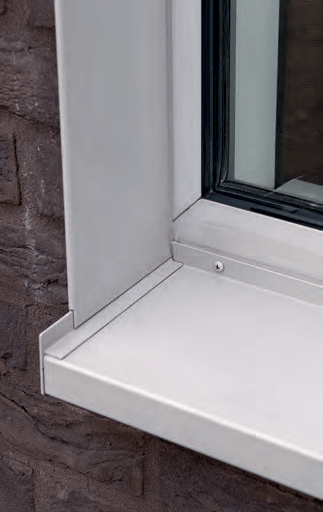
Thanks to the vision of arQ ArchitectenStudio, the former social housing estate has become a modern neighbourhood where it is pleasant to live. The homes have been greatly improved in terms of economy, living comfort and above all appearance. The use of contemporary materials such as aluminium plays an important role in this. Mahatma Gandhi has changed from a problem child into a neighbourhood with a future.
